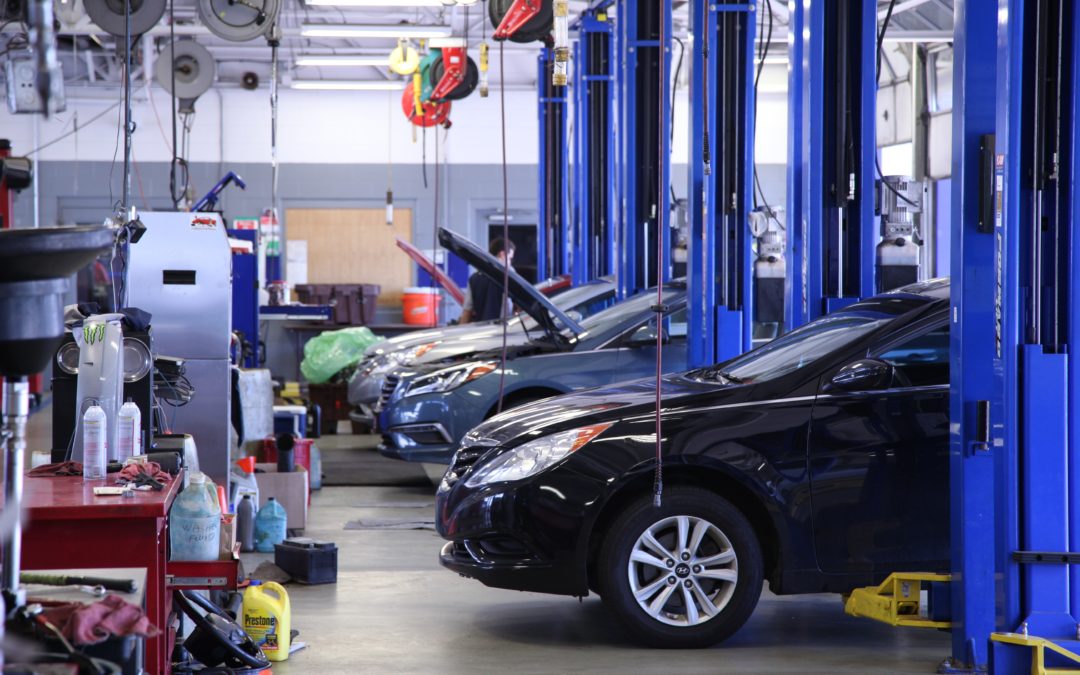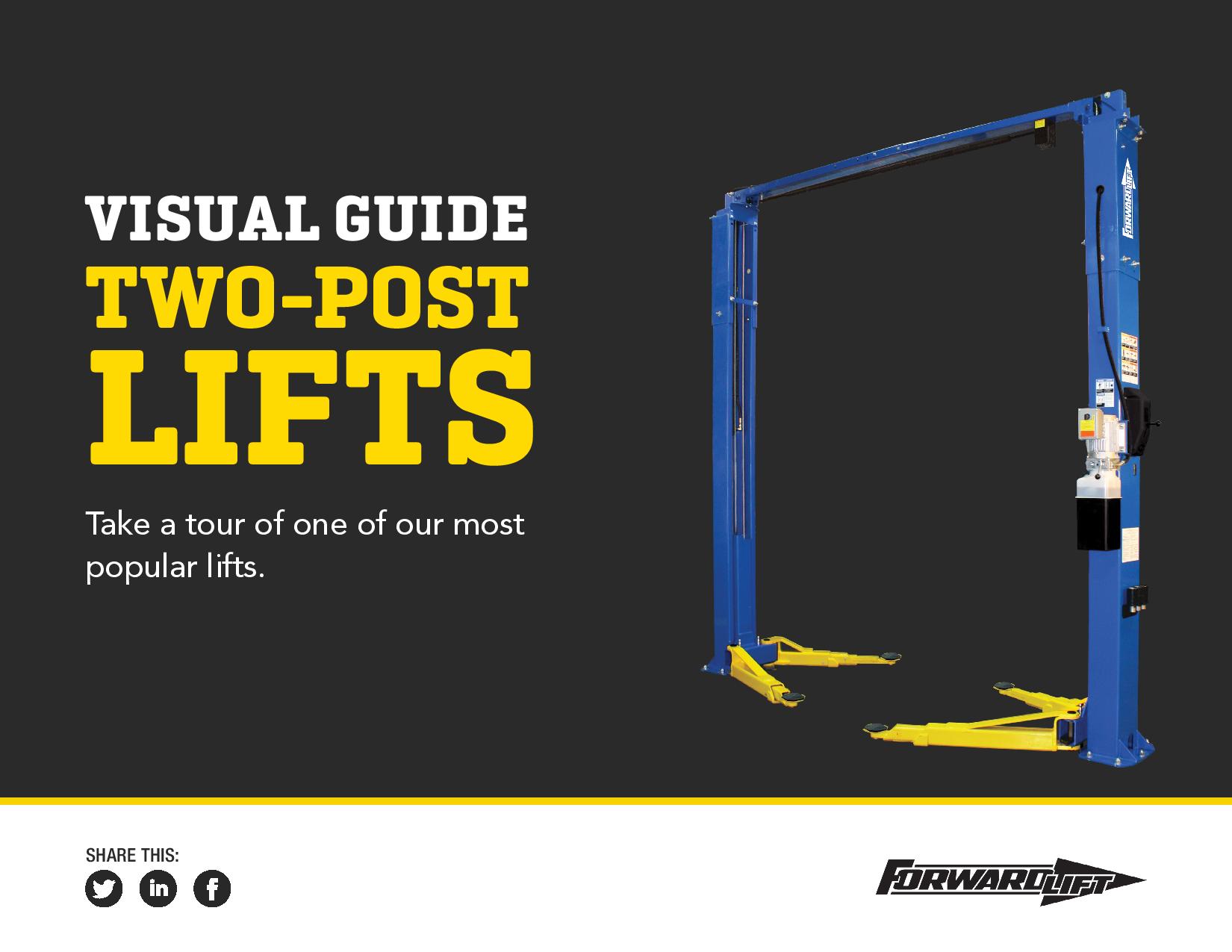You don’t need to baby our lifts. We build them to need as little maintenance and repair as possible. That said, a lift is a machine. And you have to take care of machines so they don’t become junkyard sculptures too early
Take a look at your lifts every day. If you see any of these five signs, call a qualified repair technician:
- Your lift is leaking hydraulic fluid.
- Locks or restraints don’t work.
- Excessive wear or defects on any part of the lift.
- Contact points—including adapters—are damaged or worn.
- The concrete around the floor anchors is cracked or loose.
There’s a lot you can do to keep any of those from happening too soon. Review your lift’s maintenance manual to make sure you don’t miss any necessary maintenance. Maintenance keeps your lift in its absolute best working condition. But not all maintenance is the same. A lift’s maintenance needs are different for every manufacturer and model.
That said, these general maintenance guidelines will help keep your lift in the best working order possible.
- Before you operate a lift for the first time each morning, quickly inspect it to make sure you don’t see any red flags.
- Check the wear on its cables and sheaves every day. Wipe your cables with a rag to feel for any small broken strands that your eyes may not be able to see. Do your cables have broken wires, deformed strands, severe corrosion, excessive stretch, variations in diameter or any change in their normal appearance? If so, replace them immediately.
- Check your lift’s anchor bolts that keep it in the concrete foundation. Tighten them to the manufacturer’s guidelines.
- Lubricate the lift on your manufacturer’s recommended maintenance schedule.
- If you have a hydraulic lift, check the fluid level and quality. Refill and replace its hydraulic fluid as needed.
- Solvents, corrosive agents and de-icing chemicals increase the wear and tear on your lift. When any corrosive substance comes in contact with your lift, immediately rinse the area with water and dry it with a clean rag.
- Inspect any accessories or adapters regularly. Don’t forget your rolling jacks.
- If a warning decal is peeling away from the lift, replace it before it falls off completely.
- Have your lifts inspected once a year by a qualified lift inspector.
For more lift inspection and maintenance guidelines, ask your Forward Lift dealer for a copy of the Automotive Lift Institute’s manual, Lifting It Right. Your Forward Lift dealer can also recommend qualified lift inspectors to perform annual lift inspections. These are mandated by the ANSI national standards, so don’t skip them. They help protect your techs, improve your shop’s productivity, reduce your repair costs and help prevent OSHA citations.


